Opposition activists did not know the day or time. Their children and relatives could not feel safe. Even those in power, if they stepped on the footprint of the wrong people, regretted it bitterly. The People's Republic of Poland was able to take revenge, often in the final way ... Read about crimes that are still not talked about aloud today!
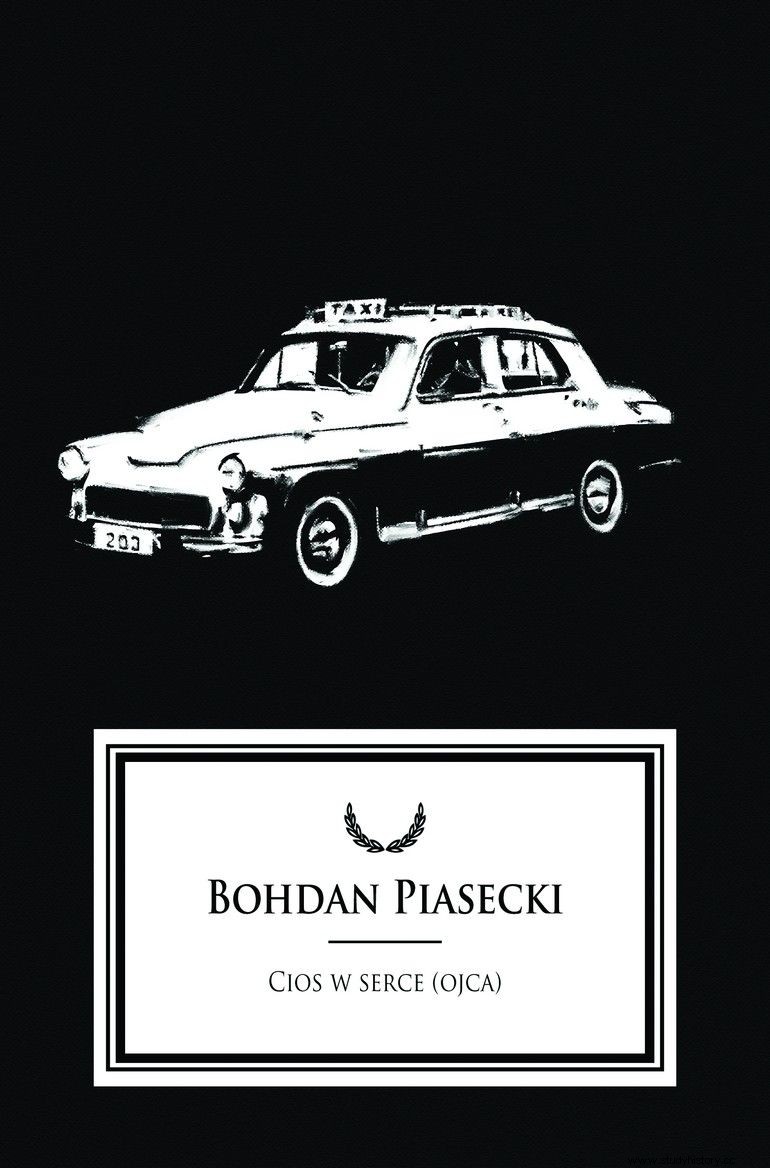
Bohdan Piasecki. A drawing by Grzegorz Araszewski from Patryk Pleskot's book “To Kill. Political murders in the People's Republic of Poland.
Bohdan Piasecki was a normal teenager. He studied well, loved music. However, he was unlucky to be born a son of Bolesław Piasecki. The man who led the ONR Falandze before the war, and the PAX Association after the war.
Especially the activity in Falanga made Bolesław many enemies in the power apparatus. They could not stand that Piasecki found himself so well in the People's Republic of Poland. They used the confusion at the turn of 1956 and 1957 to take revenge on him.
They hit the most sensitive point. On January 22, 1957, sixteen-year-old Bohdan was kidnapped. Despite ransom-demand calls, it was not found. It was only after two years that the boy's massacred body was discovered, walled up in the basement of one of Warsaw's tenement houses . The guilty ones were never found, although the leads led, among other things, to a mysterious taxi driver with extensive connections ...

Emil Barchański. A drawing by Grzegorz Araszewski from Patryk Pleskot's book “To Kill. Political murders in the People's Republic of Poland.
Emil Barchański was sixteen years old and attended high school. He was passionate about history, he was also passionate about opposition activities. He did not want to stop at distributing leaflets and painting bold slogans on the walls. With friends, he founded the conspiratorial Confederation of Polish Youth "Piłsudczyki", which was to operate on the model of the Home Army.
It was Emil who invented the action "Pedestal". On February 10, 1982, the boys set fire to the Dzerzhinsky monument in Warsaw, using a Molotov cocktail. The authorities could not pass such a profanation on the agenda. Emil was taken by the court, and attempts were made to extort his testimony through intimidation. However, Barchański did not hesitate to say that he was beaten during the interrogations.
Two weeks after the trial, Emil went with a neighbor to the beach. After two days his body was found in Wisła . According to the official version, he drowned. Only how is it possible, since he never liked to go into the water…
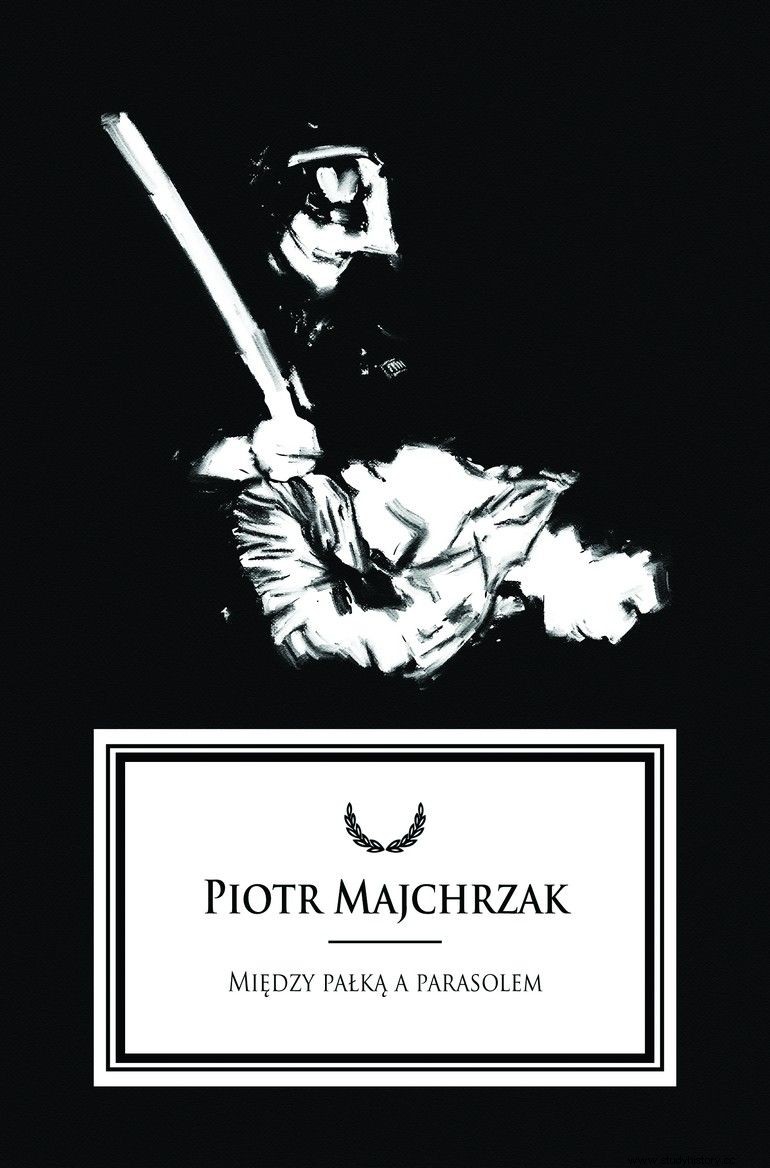
Piotr Majchrzak. A drawing by Grzegorz Araszewski from Patryk Pleskot's book “To Kill. Political murders in the People's Republic of Poland.
Piotr Majchrzak was only nineteen years old, he attended a technical school. He was not involved in the conspiracy. He was not an active oppositionist. But he was in the wrong place at the wrong time.
On the evening of May 11, 1982, he witnessed a row in front of the "W-Z" club. When the emotions subsided, it turned out that Piotr was lying bloody under a parked nearby "baby" . Despite the doctors' efforts, he died a week later.
According to policemen, Piotr was hit with an umbrella by the ringleader of the commotion, Marian O. However, his mother was convinced that the boy was massacred by ZOMO. She even reached witnesses who saw the officers detaining her son and using truncheons against him. For fear of repercussions, none of the onlookers gave official testimony. And the autopsy ruled out the umbrella blows as the cause of death ...
This article has more than one page. Please select another one below to continue reading.Attention! You are not on the first page of the article. If you want to read from the beginning click here.
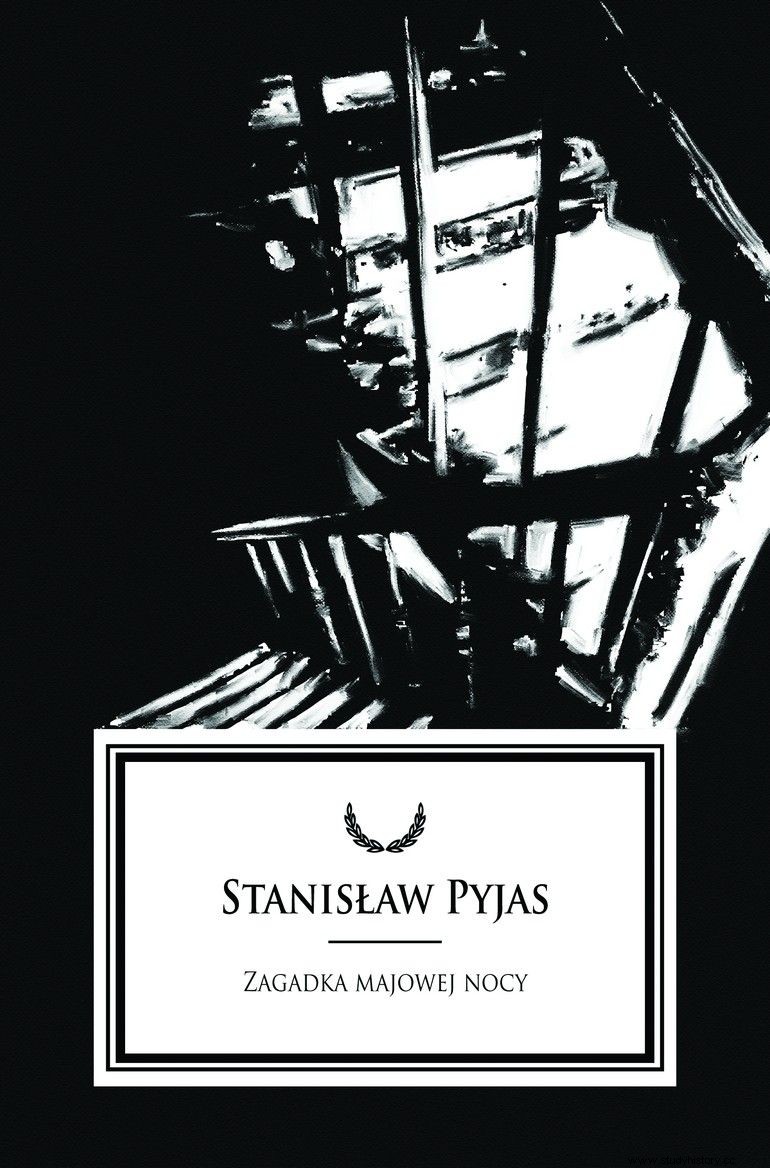
Stanisław Pyjas. A drawing by Grzegorz Araszewski from Patryk Pleskot's book “To Kill. Political murders in the People's Republic of Poland.
Stanisław Pyjas was a twenty-four-year-old inconspicuous student of the Jagiellonian University. Together with Bronisław Wildstein and a few other colleagues, he worked to popularize the KOR. The students also prepared a petition against the terror of the authorities against the workers of Radom and Ursus. They were on their way to creating an independent student movement ... and started receiving threats.
One May evening in 1977, Pyjas went out with his friends for a beer. The next morning his dead body was found on the stairs of one of the tenement houses. According to the official version, the drunk student unhappily fell down the stairs, massacring his face. Except that even the far-fetched conclusions from the post-mortem examination ruled out such a scenario.
Friends knew very well that Staszek was simply finally silenced. And a college colleague who probably saw the perpetrator drowned himself less than three months later ... even though he was suffering from hydrophobia.
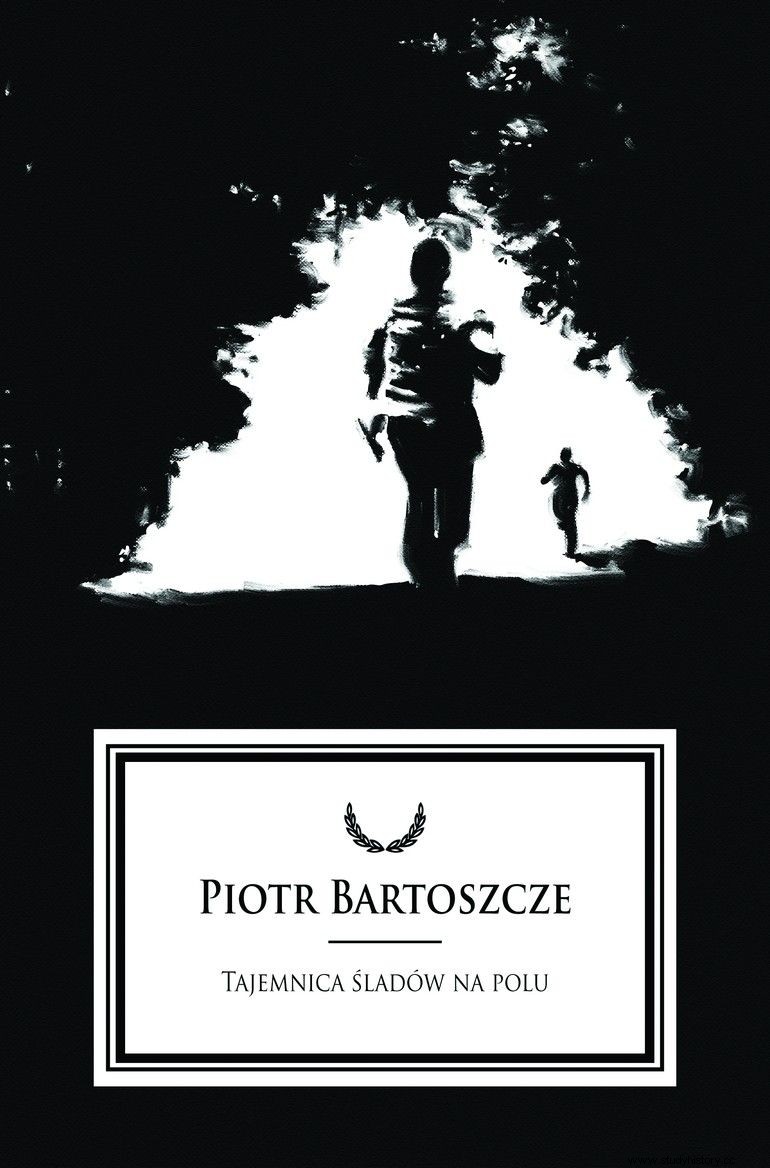
Piotr Bartoszcze. A drawing by Grzegorz Araszewski from Patryk Pleskot's book “To Kill. Political murders in the People's Republic of Poland.
Piotr Bartoszcze was an independent people's activist. This 34-year-old farmer near Inowrocław had three children, and his wife was just in the ninth month of pregnancy. His brother and father were also peasants, even more famous than Peter himself. He was briefly interned during martial law, which did not discourage him from later distributing tissue paper and printing the magazine "Żywią i bronią".
On February 7, 1984, in the evening, Piotr went with his mermaid to do some errands. He never came home anymore. His car was pushed into a ditch, most likely by another car. Piotr's body was found in a nearby well. The official section said the man had suffocated because his nose was pressed against a concrete wall and fell into a sump due to intoxication.
Only how did the traces indicate that Piotr was running away from someone, and the arrangement of the body in the well clearly suggested that someone had pushed him into it ...
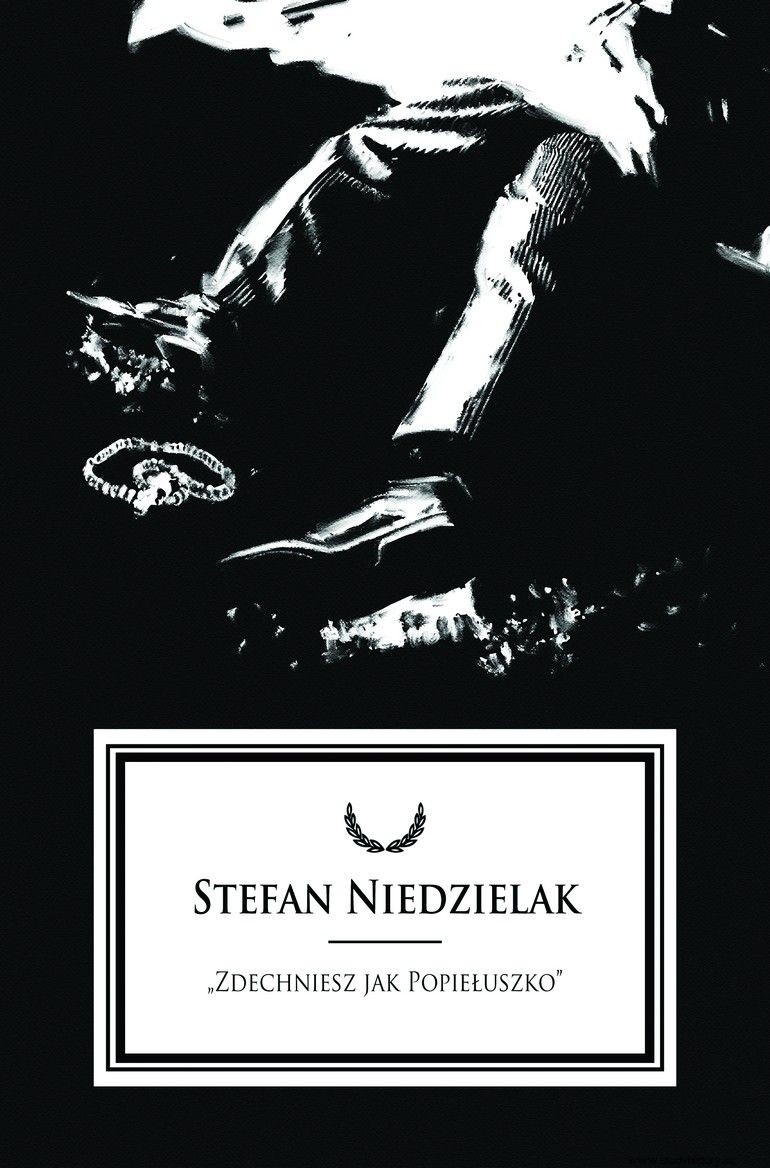
Stefan Niedzielak. A drawing by Grzegorz Araszewski from Patryk Pleskot's book “To Kill. Political murders in the People's Republic of Poland.
Not only Popiełuszko was a priest who died "in mysterious circumstances". Seventy-five-year-old Stefan Niedzielak, a parish priest from Powązki, was a chaplain of the Home Army in his youth. He also took part in the Warsaw Uprising. Then he joined the "Freedom and Independence" organization.
During the times of the Polish People's Republic, Father Stefan acted to commemorate the victims of Stalinism, buried in the so-called "Field". In cooperation with KOR and ROPCiO, he also built a sanctuary in honor of the Fallen and Murdered in the East - mainly in Katyn and Kozielsk. He expressed his support for "Solidarity".
It was more than enough to come under power. Niedzielak received threats for a long time. Finally, on January 20, 1989, masked perpetrators burst into his apartment. Less than a minute after the invasion one of them broke the priest's neck with an efficient blow . Despite extensive injuries, the autopsy revealed that the priest had broken his spine ... falling alone, without anyone's help. By some strange coincidence, the traces secured at the crime scene were lost ...
This article has more than one page. Please select another one below to continue reading.Attention! You are not on the first page of the article. If you want to read from the beginning click here.
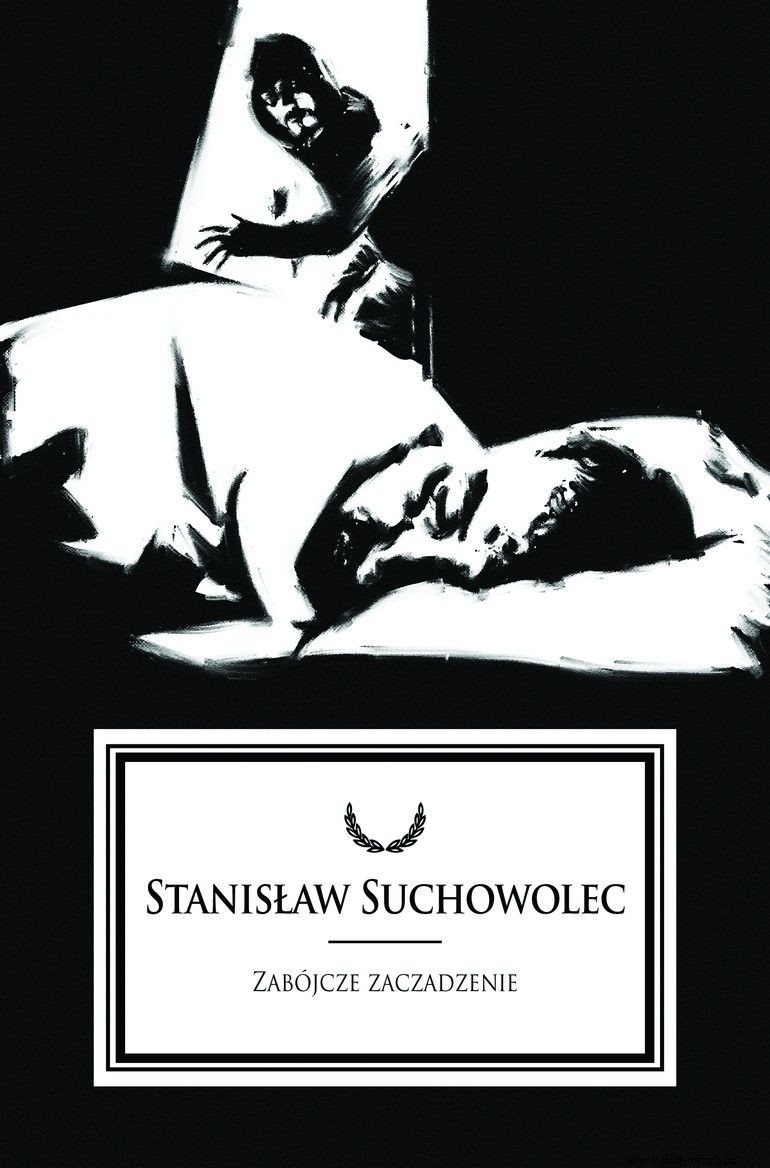
Stanisław Suchowolec. A drawing by Grzegorz Araszewski from Patryk Pleskot's book “To Kill. Political murders in the People's Republic of Poland.
Father Stanisław Suchowolec was only thirty years old. As a curate, he ended up in Suchowola - four kilometers from the home village of Jerzy Popiełuszko. He befriended the senior priest, and when George was murdered, he decided to continue his work.
Suchowolec spread information that the Security Service was behind Popiełuszko's death. He also celebrated masses for his homeland. The move to the Bialystok Dojlidy only increased his activity - he became the chaplain of the Confederation of Independent Poland and helped "Solidarity".
Father Stanisław had strange accidents and car faults for a long time . On January 29, 1989, a fire broke out in the priest's apartment. The official version of law enforcement stated that the source of the fire was a farelka on the night. However, it all pointed to a different fire center and the presence of an unidentified flammable substance…
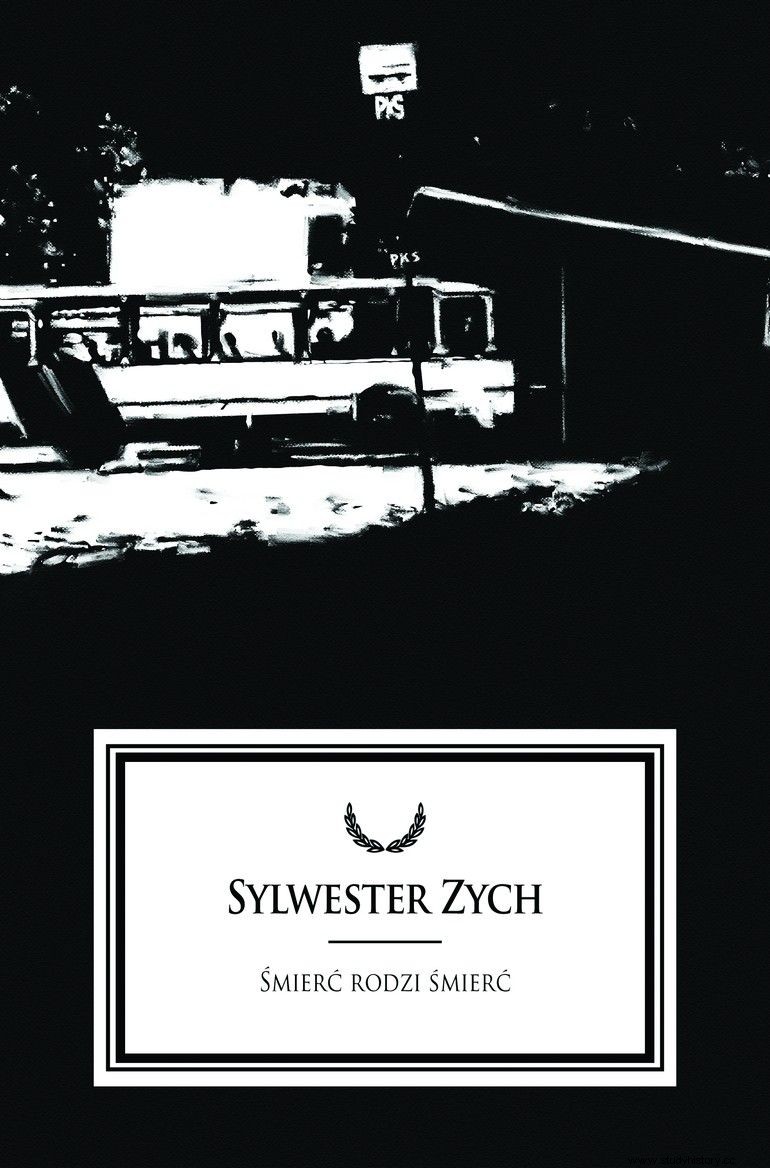
New Year's Eve Zych. A drawing by Grzegorz Araszewski from Patryk Pleskot's book “To Kill. Political murders in the People's Republic of Poland.
Father Sylwester Zych was a charismatic priest and did not hide his anti-communist convictions. He supported "Solidarity" and KPN. Fascinated by it, young boys from Grodzisk Mazowiecki wanted to act against the system. They organized meetings in the rectory. Their enthusiasm ended in a tragedy - the murder of a policeman.
Zych, declared a public enemy who wanted to overthrow the government by force, was sent to prison for four and a half years. Repeatedly disciplined, held in solitary confinement and terrorized. He was released in 1986 completely neurotic. Nevertheless, he still sympathized with KPN, and the authorities did not forget his offenses.
On the night of July 10-11, 1989, the holidaymakers found a dead man at the PKS bus stop in Krynica Morska. As it was established in the course of the investigation, it was the thirty-nine-year-old Sylwester Zych. Alcohol poisoning was officially recognized as the cause of death . Except that Zych avoided the percentages, and already four months earlier he miraculously survived a seizure, during which he was forced to drink alcohol ...

Małgorzata Targowska-Grabińska and Aniela Piesiewicz. A drawing by Grzegorz Araszewski from Patryk Pleskot's book “To Kill. Political murders in the People's Republic of Poland.
Two seemingly unrelated women were linked by a cruel death. Małgorzata Targowska-Grabińska was a young, promising translator. She did not engage in anti-government activities.
On May 9, 1985, a worker came unexpectedly to a thirty-three-year-old woman. When her husband returned home in the evening, Małgorzata was already dead. It was hard to pin down any motive for the murder ... other than a mistake. Another Małgorzata Grabińska lived in the same housing estate - and was the daughter-in-law of one of the prosecutors in the trial of Father Popiełuszko's murderers.
Aniela Piesiewicz was an eighty-two-year-old woman. Her son, Krzysztof, was involved as an attorney in defense of opposition activists - and also acted as a prosecutor when Father Jerzy's murderers were tried. On July 21, 1989, he was supposed to visit his ailing mother in the evening, but at the last moment he changed his mind. When he came to see her the next morning, she was already dead. The brutally murdered old woman was tied in exactly the same way as Popiełuszko ...
***
All "hourglass" drawings come from Patryk Pleskot's book "To kill. Political murders in the People's Republic of Poland ” (Horizon 2016 sign). Their author is Grzegorz Araszewski.
Descriptions of the murdered characters were based on information contained in Patryk Pleskot's book "To kill. Political murders in the People's Republic of Poland ” (Horizon 2016 sign).
